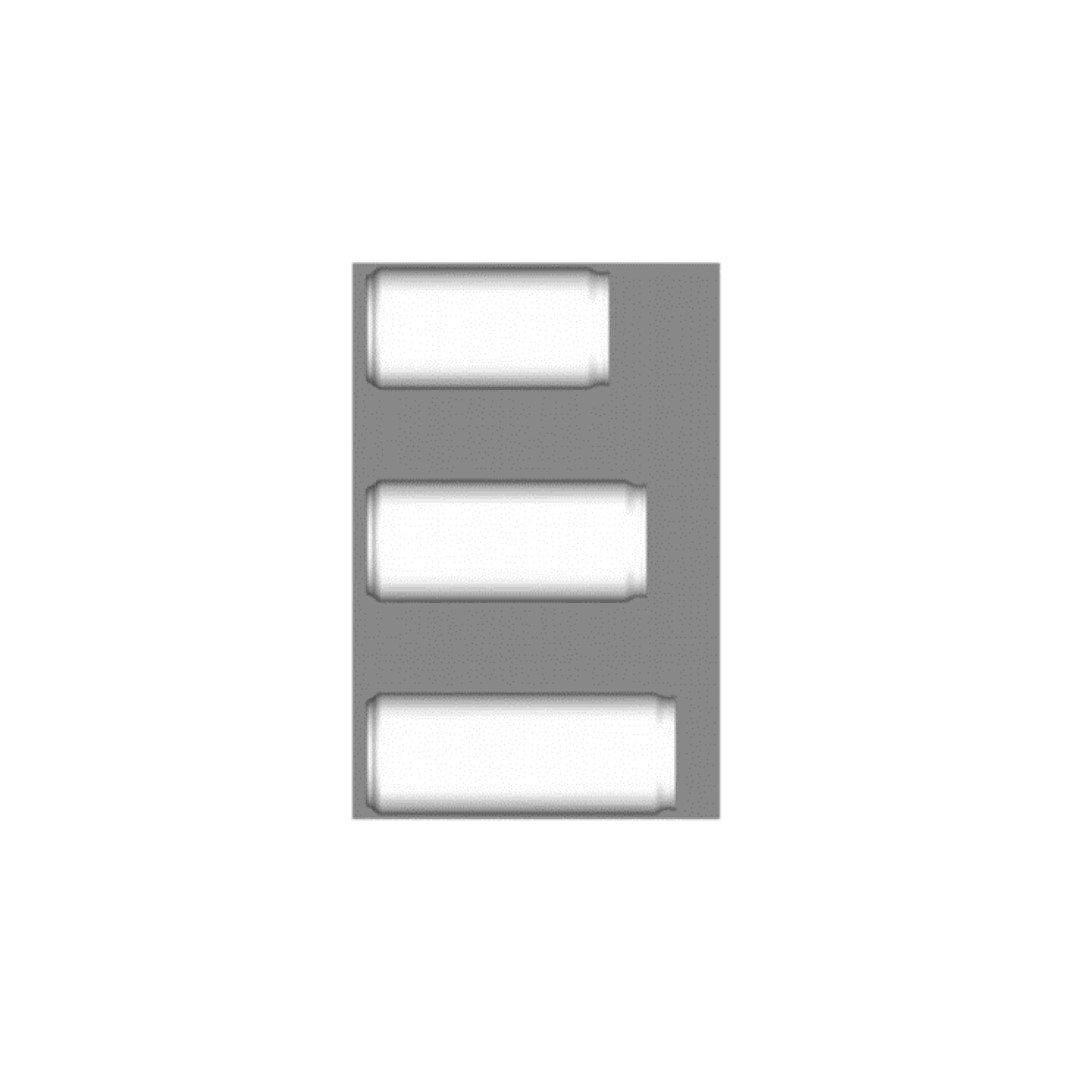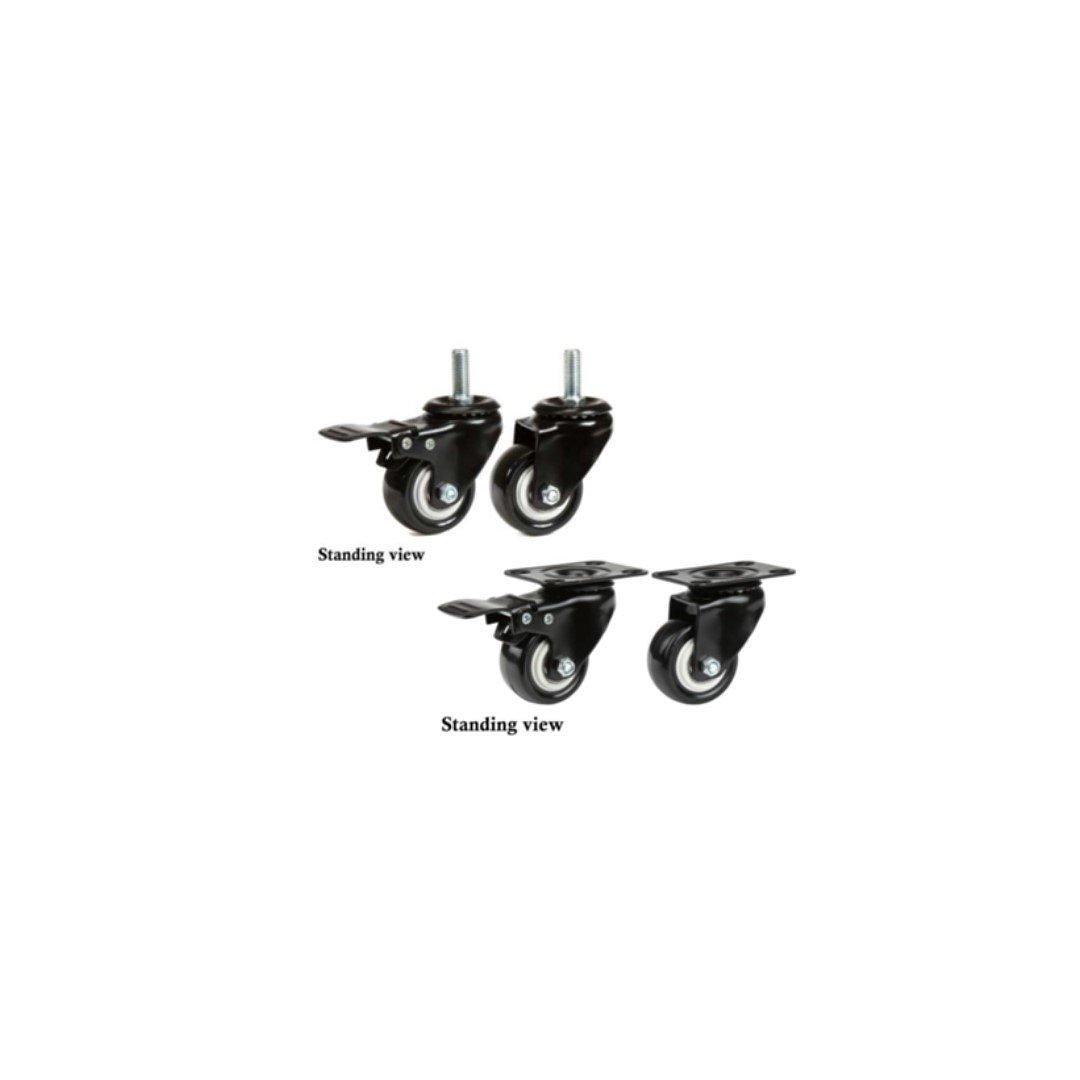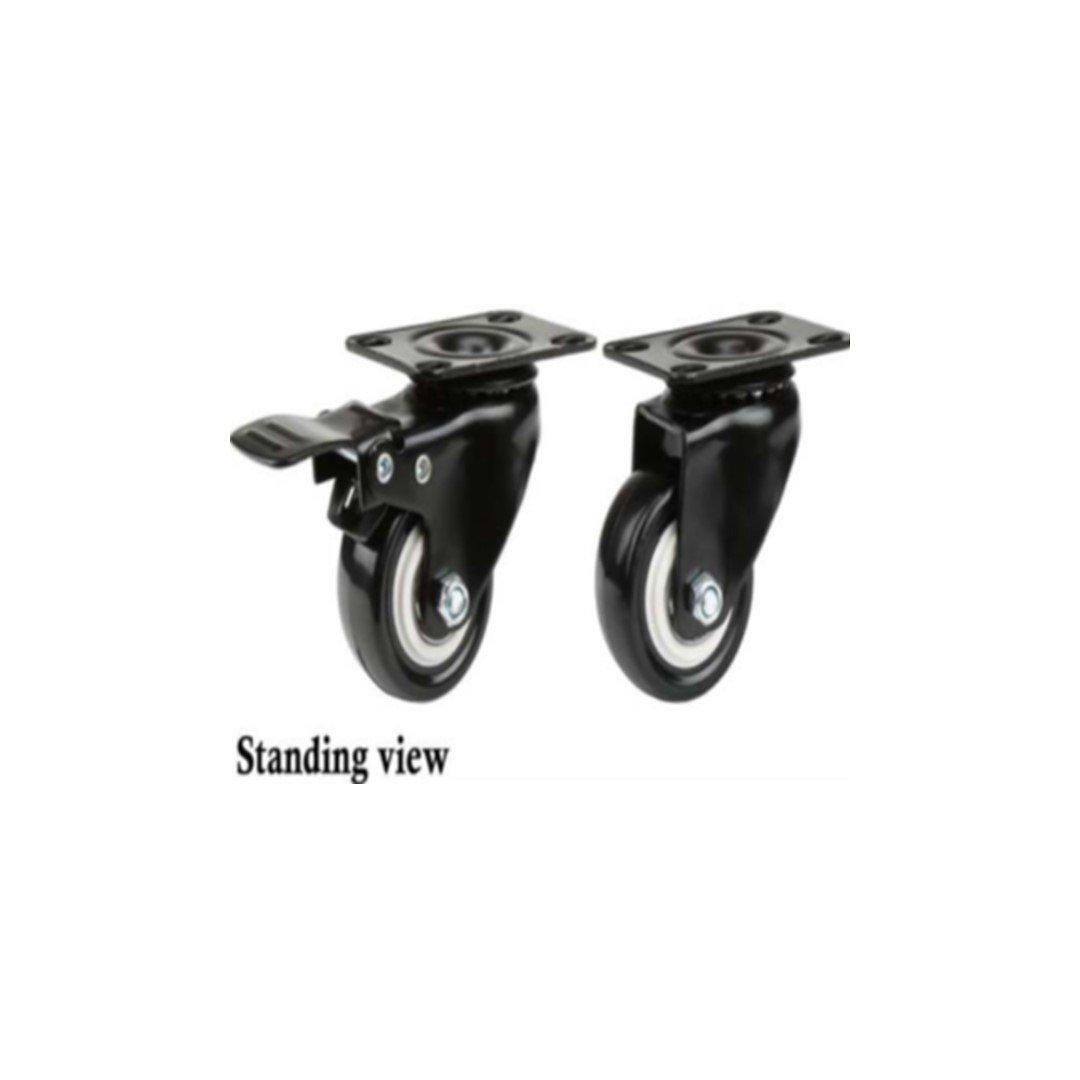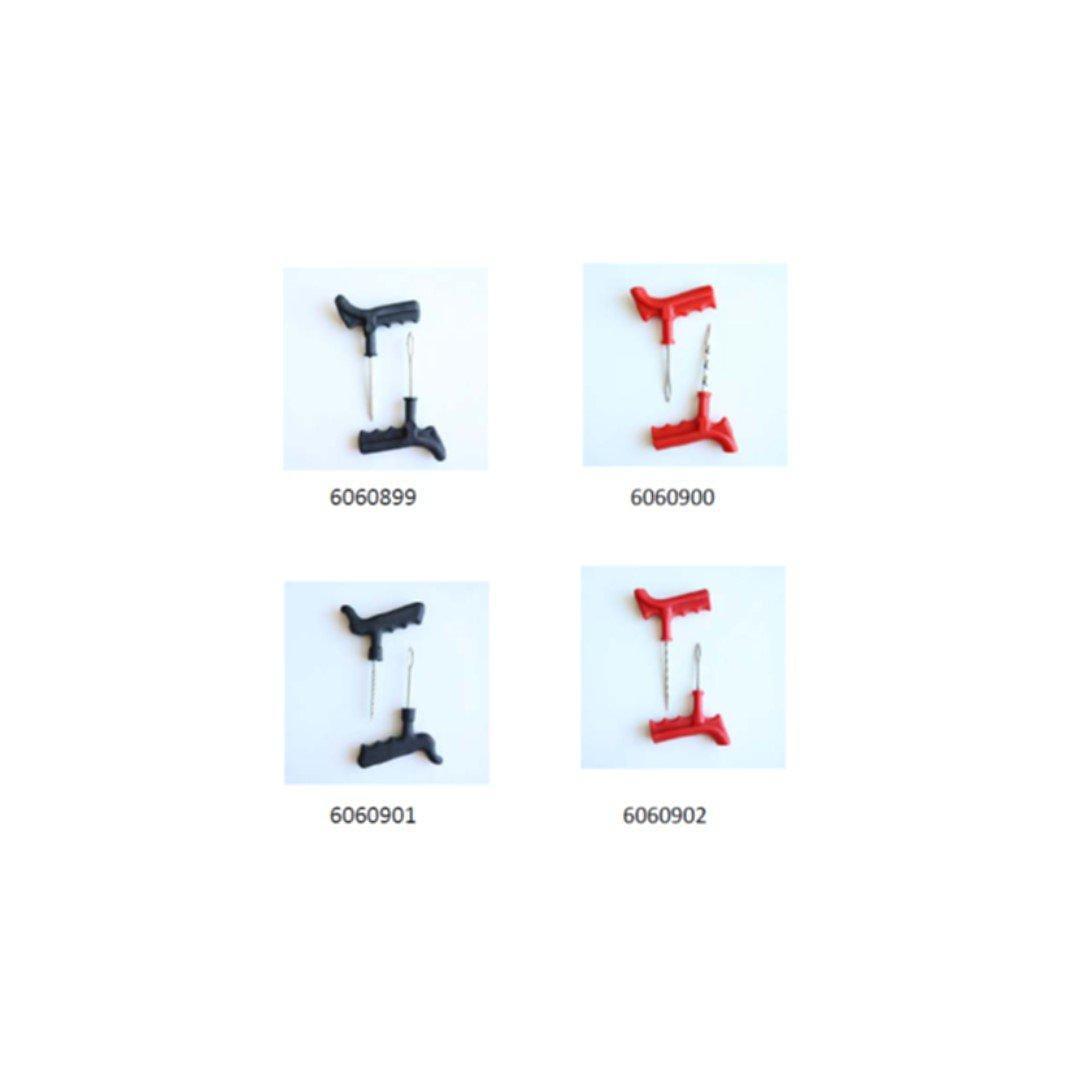Practical Uses of Registered Designs
View more

A registered design is a form of intellectual property right which protects the whole or part of the appearance of a product arising from features such as the lines, contours, colours, shape, texture or materials of the product or its ornamentation. In the UK and Europe, the owner of a valid registered design has the exclusive right to produce and sell the product within the scope of the registered design.
However, it can be difficult to decide what to register if the design is not for a single article. There are circumstances where what is being registered might be (1) a set of articles, (2) a “complex product”, (3) variations of a design, or (4) a design for part of a product. Here we discuss the meaning of (1) a set of articles and contrast this briefly with circumstances (2) through (4) before discussing some recent decisions on the topic.
It is possible to file a single design application for a “set of articles”. Neither the UK nor EU define this term in their respective laws, however both jurisdictions introduce and refer to this term in their respective legal guidelines.
The phrase a “set of articles” can be found in the design examination guide used by the United Kingdom Intellectual Property Office (UKIPO). The guide specifies that a set of articles can be a ‘product’ in its own right and can be represented in a single design application provided that the articles making up the set satisfy the following three conditions:
(i) they are linked by aesthetic complementarity;
(ii) they are linked by functional complementarity; and
(iii) in normal circumstances, the articles are sold together as one single product.
A product satisfying the above requirements is considered a “unitary object”.
The same conditions can be found in the design guidelines used by the European Union Intellectual Property Office (EUIPO).
An example of a product satisfying the above requirements is a chess board and its pieces, or a cutlery set consisting of knives, forks and spoons. In comparison, an example of a product that does not satisfy the above requirements is a toy and its packaging. Although the toy and its packaging may well be linked by some aesthetic complementarity (requirement i) and sold together as a single product in normal circumstances (requirement ii), the toy and its packaging do not fulfill requirement iii, because they do not perform a common function (i.e. the function of the toy has no link to the function of its packaging).
It is worth noting that, unlike other types of intellectual property such as patents and trade marks, UK and EU design applications do not normally go through substantive examination before they are accepted for registration. However, the guidelines discussed above do provide basis for an examiner to raise objections if the articles within the set are not linked in accordance with the requirements discussed above. Further, we have seen the issue of unity (i.e. whether a set of articles are a unitary product) be considered in invalidity proceedings at the UK and European levels, as discussed at the end of this article.
If a single design application is filed for a set of articles that do not satisfy all of the requirements above, it may be that a design registration obtained from this design application is not valid. Instead, it may be more appropriate to file separate registered design applications to seek protection for each article within the set independently.
Under both UK and EU law, a product can be a “complex product”, where a complex product is a product is made up of more than one replaceable component part which permits disassembly and reassembly of the product. Design protection for a complex product sought via a single design application. An example of a complex product is a lawnmower or an air filter for an engine, which each have multiple replaceable component parts that are used to take the product apart and put it back together again.
The distinction between a set of articles and a complex product is that the different parts of the complex product are mechanically connected to one another (to permit the disassembly and reassembly) and in contrast, the set of articles are not mechanically connected, though should be functionally connected.
Notably, there is a distinction between a set of articles and variations of a design. The former usually refers to articles that are not mechanically connected (e.g. components of a chess set), whilst the latter relates to different embodiments of the same design theme.
As previously discussed, a set of articles can be considered as a unitary object and can therefore be included in a single design application. However, variations of a design cannot be considered as a unitary object because each variation is instead directed to a different version of the product and therefore cannot be included in a single design application.
In the UK and Europe, multiple design applications can be filed to cost-effectively obtain what are essentially separate design registrations for variations. By way of example, multiple design applications can be filed to protect component parts of a chair such as its seating portion, its back portion, its armrests, and its legs; or to obtain protection for four designs for chairs which, while related, are different. In the drawings filed in the design application, solid lines are used to identify the claimed features for which protection is sought and disclaimers (e.g. texts, broken lines, shades) are used to exclude the features for which protection is not sought. Multiple design applications can be used to protect mixtures of features of the same concept as discussed in our article, here.
When filing a design application to seek protection for the appearance of a product that can be made in multiple sizes with identical proportions, a single design application is sufficient because neither the UK nor EU IPO require an indication of the scale of a product.
It is also possible to obtain design protection for only a component part of a larger product. However, it may be important to show the component part in the context of how it is used within the larger product as a whole. An example is when protection is sought only for the handle of a screwdriver, but the drawings include the tool of the screwdriver. Another example is when protection is sought only for the wing mirror of a car, but the drawings include the car as a whole.
In this case, it is possible to “disclaim” the parts of the larger product which should not be included in the protected design, so the handle of the screwdriver or every part of the car except for the wing mirror. A disclaimer can take the form of a written statement or can be represented directly on the drawings using dashed lines. The dashed lines signify that the respective part should not be considered as part of the design – only parts shown in solid lines are considered as part of the design. (There are other ways to disclaim parts of drawings, beyond the scope of this article).
The distinction between a set of articles and a component part of a larger product is that a registered design for a set of articles protects every article within the set, compared to a registered design for a component part that protects only the component part itself.
Conclusions
In conclusion, a set of articles may be regarded as a unitary object in its own right, and hence, registrable via a single design application at the UKIPO and the EUIPO. As set out by the UK and EU guidelines, there are three conditions to be satisfied in order to pass a ‘unity’ test (i.e. i) aesthetic complementarity; ii) functional complementarity, and iii) normally sold together as a single product). However, in some of the UK rulings, we have seen judgments depart from these conditions and further require the set of articles to stay together in the normal life of a product. A non-unity objection may be raised pre- or post-registration of a design.
Given the above, it is fair to say that the practice in this area is still evolving and case law within this area is limited. If you are considering filing a registered design application for a set of articles, we recommend that you seek the guidance of a professional who can advise of the most appropriate filing strategy for the set of articles you wish to protect.
For further information, please contact your usual Hindles representative.
Case law relating to a set of articles
In the following cases, the definition and requirements for registered design protection for a set of articles were considered in legal proceedings. Although in some of these cases the design application, or design, was considered not to be a unitary object, it is only the registered design for the four castor wheels that was found invalid for this reason.
Ball Beverage Packaging Europe Ltd v EUIPO Case T-9/15, 13 June 2017

The above representation was filed in a Registered Community Design application (informally referred to as a “European design”). The registered design application consisted of three cans of filling volumes of 250ml, 300ml, and 330ml respectively. This design application was contested and as part of the proceedings, it was determined that the three cans could not be considered as a unitary object because they could not perform a common function, and the cans would not normally be sold together because, when groups of cans are offered, all cans with the group normally are the same size. Thus, the design application did not satisfy all three requirements set out in the guidelines.
UK Design Decision O/374/21

This UK registered design for four castor wheels was contested. The design consists of four wheels, the top two having a mounting screw and the bottom two having a mounting flange. The Hearing Officer considered that, whilst requirements i) and ii) are desirable, it is more important that the set of articles satisfied the essential requirement iii) with the additional caveat that the set of articles must remain together as a unitary product in normal use. Based on this updated set of requirements, it was ruled that the four wheels would not remain together during normal use because they have different attachment mechanisms and so this design was not considered as a unitary object and was found to be invalid on this basis. This is different from the UK guidelines because requirements i) and ii) from the guidelines are demoted to “desirable” and a new caveat for requirement iii) is introduced.

In contrast, this UK registered design was considered to be a unitary object because these two wheels would normally be sold together and also remain together during normal use.
UK Design Decision O/1007/22

This UK design for two tyre repair tools was also contested. The same Hearing Officer from the castor wheels case lead this tyre repair tools case also. Using the updated requirement iii) that the set of articles normally be sold together and also remain together during normal use, this design was considered to be for a unitary product.
Authors: Phoebe Hunter and Julia Li
View more
View more
View more
View more
View more
View more
View more
An occasional newsletter about patents, trade marks, designs and other intellectual property matters.